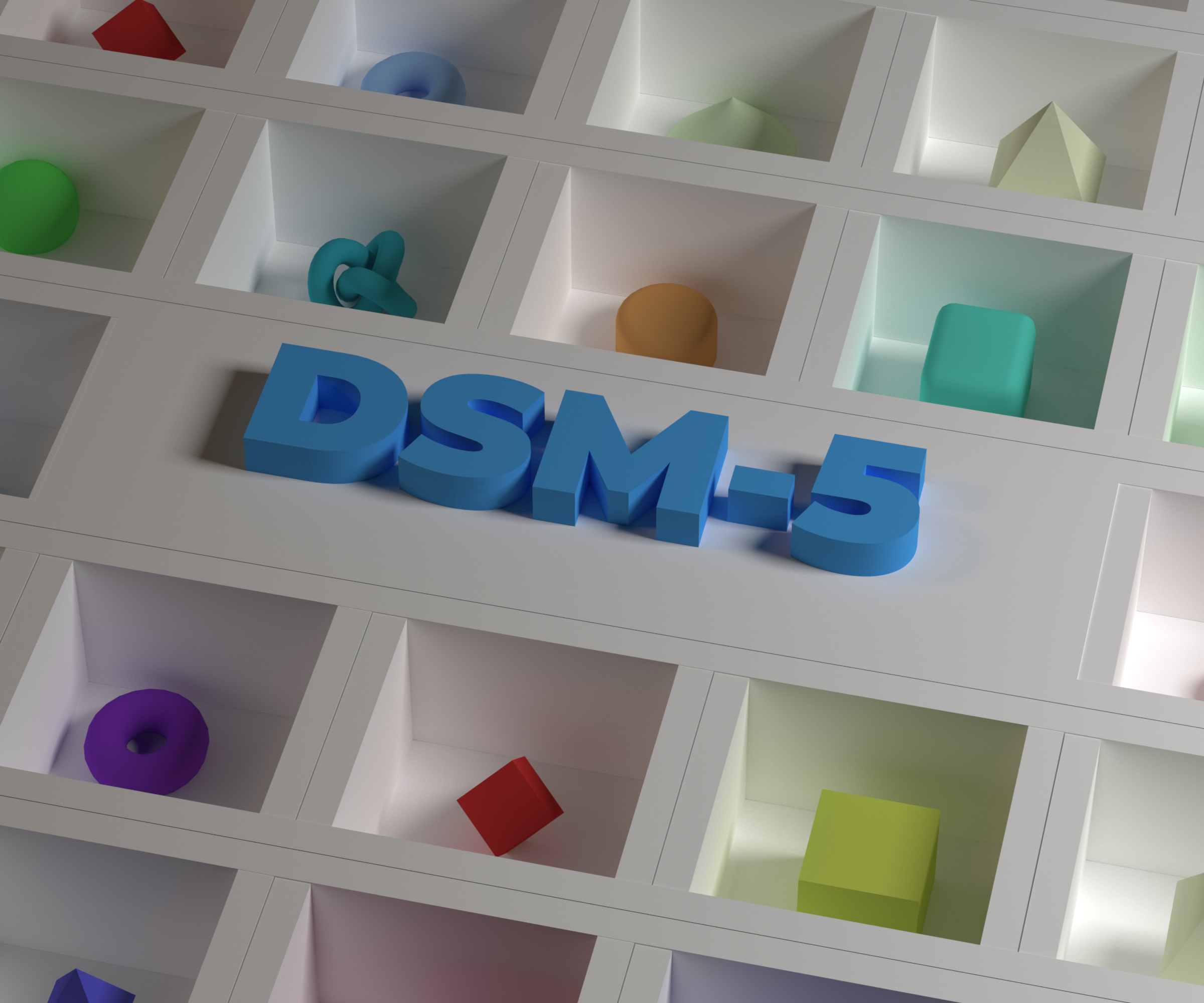Latest Edition of the DSM to Be Released in March of 2022

Pictured above: "DSM-5" in raised blue block letters
Nine years after the release of the 5th edition, the American Psychiatric Association is set to publish a newly revised version of the Diagnostic and Statistical Manual of Mental Disorders in March of this year. Though the APA has published changes to diagnostic criteria since 2013, the new DSM will also hold many new clinical considerations. The DSM-5-TR includes the addition of a diagnosis, changes to diagnostic criteria of previously-recognized disorders, and additional symptom codes.
Mental health clinicians are likely familiar with “Z codes” or condition symptom codes such as “inadequate housing” or “academic or educational problem.” The latest edition of the DSM-5 will also include codes for “suicidal behavior” and “non-suicidal self-injury.” The addition of these codes may help both clinicians and researchers monitor the conditions and inform treatment.
Along with the addition of symptom codes, the DSM-5-TR will also include a new diagnosis: Prolonged Grief Disorder. According to the American Psychiatric Association, this criteria for the new diagnosis includes identity disruption, feeling that life is meaningless, and intense emotional pain associated with the loss every day for at least one month. The APA reported that though Prolonged Grief Disorder has likely increased due to the COVID-19 pandemic, the condition has been evident in grief research for decades.
Last, the newest edition of the DSM will include changes to diagnostic criteria and differential diagnoses. Since the initial 2013 printing of the DSM-5, many diagnoses, including Autism Spectrum Disorder and Bipolar Disorder I & II, have had changes to diagnostic criteria. Others, such as Generalized anxiety Disorder and Persistent Depressive Disorder, have had updates to the differential diagnosis sections.
Though more information on Prolonged Grief Disorder and the additional symptom codes will be available in the latest edition, clinicians do not need to wait until the DSM-5-TR is released March 2022 to view the all of the changes. The update to the diagnostic criteria can be reviewed now by vising the American Psychiatric Association website. Clinicians can also pre-order the latest edition from the APA here.
